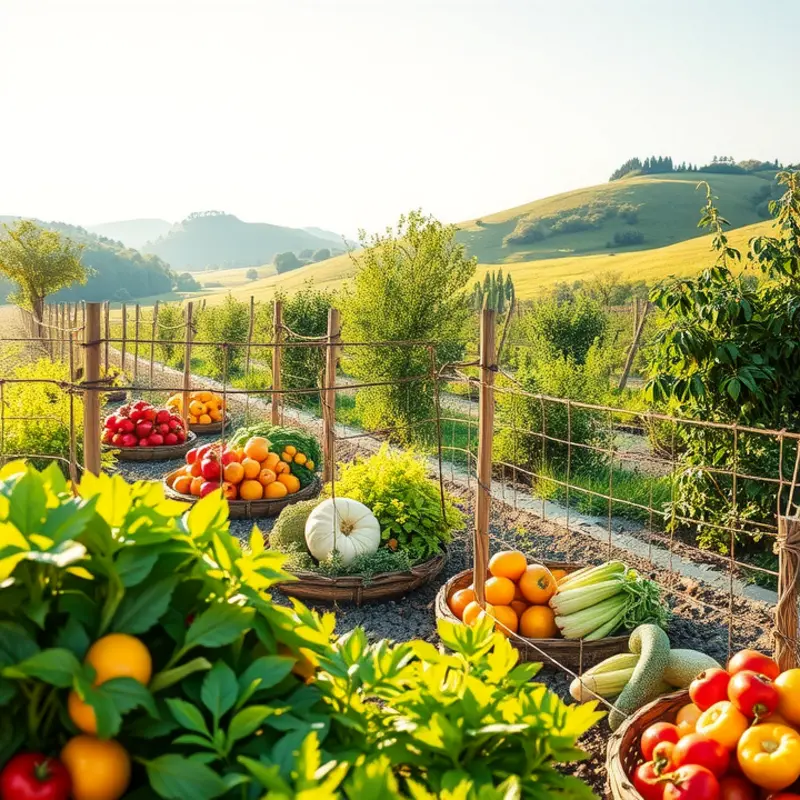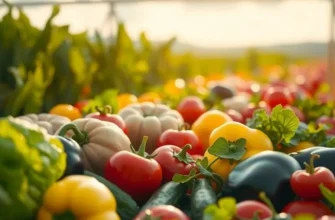Tender vegetables are a delight to eat and can elevate any dish. Learning how to quickly tenderize your veggies can enhance their flavor and texture, making them more enjoyable. No matter your skill level, you can implement these simple methods to ensure your vegetables are deliciously tender and ready for any recipe. Let’s dive into effective techniques to make your feasts even more scrumptious!
Steam Power: A Gentle Technique

Steaming vegetables is a remarkable technique that allows home cooks to tenderize vegetables efficiently while conserving their vibrant nutrients. This method employs steam, which gently softens the vegetables, ensuring they remain delicious and nutritious. Utilizing a steamer basket or a microwave-safe bowl with a lid simplifies the process, transforming firm vegetables into pleasingly tender delights.
Start by selecting your vegetables, focusing on firm types such as carrots, broccoli, and cauliflower. These vegetables are perfect candidates for steaming due to their relatively firm texture and nutrient density. Steaming also enhances their colors, making them visually appealing additions to any meal.
Begin by adding a small amount of water to the bottom of your pot or bowl. The trick is to add just enough water so that when it boils, it creates steam without touching the vegetables directly. This indirect cooking method helps preserve the veggies’ flavor and nutrient profile. For those who prefer convenience, a microwave-safe bowl with a lid can achieve similar results in an even shorter time.
Bring the water to a boil and allow the steam to immerse the vegetables completely. This contact with steam gradually transforms their texture. It’s vital to monitor the cooking times closely. Broccoli requires about 3-4 minutes, rendering it tender yet with a slight crunch – the perfect al dente consistency. In contrast, carrots might require a bit more patience, taking about 5-7 minutes to achieve a delightful tenderness. A fundamental tip is to test each vegetable using a fork to ensure it is cooked to your desired texture without being overdone.
Through steaming, the vegetables retain their bright colors and fresh flavors. This method enhances the overall eating experience by pairing softness with retained crunch – an artful combination for any dish. Not only is this approach quick, but it also aligns well with more sustainable cooking practices. Steaming requires less water and energy, contributing to a more eco-friendly kitchen routine. For more sustainable kitchen practices, consider exploring eco-smart kitchen storage.
Incorporate steaming into your cooking repertoire, and you will find it is a versatile and simple way to elevate your vegetable dishes. The gentle nature of steaming ensures maximum retention of nutrients, which is often a concern with other cooking methods. By choosing steaming, you invest in a healthier cooking practice that brings out the best in your vegetables.
Marination Magic: Build Flavor while Tenderizing

Marinating vegetables is an ingenious way to infuse both tenderness and flavor. The key to this “magic” lies in the power of acidic ingredients, which help break down tough vegetable fibers. Lemon juice, vinegar, and yogurt are all excellent choices to integrate into your marinade concoctions. By submerging your vegetables for at least 30 minutes, you allow these acids to work their transformative magic, though longer marination can result in even greater tenderness and depth of flavor.
Vegetables like eggplant and zucchini particularly benefit from such treatments. Their spongy textures absorb the flavors while the acids tenderize them, making them perfect for grilling or roasting. Don’t stop at acids, though—bring herbs and spices into the mix to further elevate the flavor profile. Think basil, oregano, or even a dash of chili flakes for a bit of heat.
In the quest for flavor, it’s essential to remember that even brief marinating can yield significant benefits. Whether it’s 10 minutes or two hours, any marination can give your vegetables the lift they deserve. While you experiment with marinating, consider the additional layers of flavor herbs can add. For example, flavor boosters without salt can positively complement the natural earthiness of the vegetables.
When crafting your marinade, aim for balance. A typical mixture might include two parts oil to one part acid, with spices and herbs stirred in to taste. Olive oil is a classic choice, but you can experiment with lighter oils like grapeseed or avocado, considering their distinct flavor profiles. The oil acts as a carrier of both the acid and the spices, ensuring an even distribution of flavors across the vegetable surfaces.
Take care with salt—while it’s tempting to add it liberally, remember that salt draws out moisture. Depending on the desired outcome, this can either enhance or detract from your intended texture. A pinch might amplify flavors, but too much can lead to a watery dish, disrupting the marination process.
Lastly, always consider food safety when marinating. Make sure to refrigerate your vegetables as they soak. For convenience, marinating might be coupled with minimal meal prep strategies, facilitating both flavor enhancement and timesaving in the kitchen.
Embrace marination as a part of your culinary repertoire and witness firsthand how it transforms your dishes from simple to extraordinary. With creativity and these techniques, your vegetables can achieve new textures and tastes that will leave a lasting impression.
Final words
Tenderizing vegetables can be an easy and rewarding skill to incorporate into your cooking routine. By employing techniques like steaming and marinating, you enhance not only the texture but also the flavors, making your meals more enjoyable. These quick methods can easily fit into your busy kitchen life, allowing you to serve fresh, delightful veggies with minimal effort. Remember, cooking is all about exploring and finding what you love. So, keep experimenting and enjoy the process. Your next meal could be a delightful veggie triumph!







